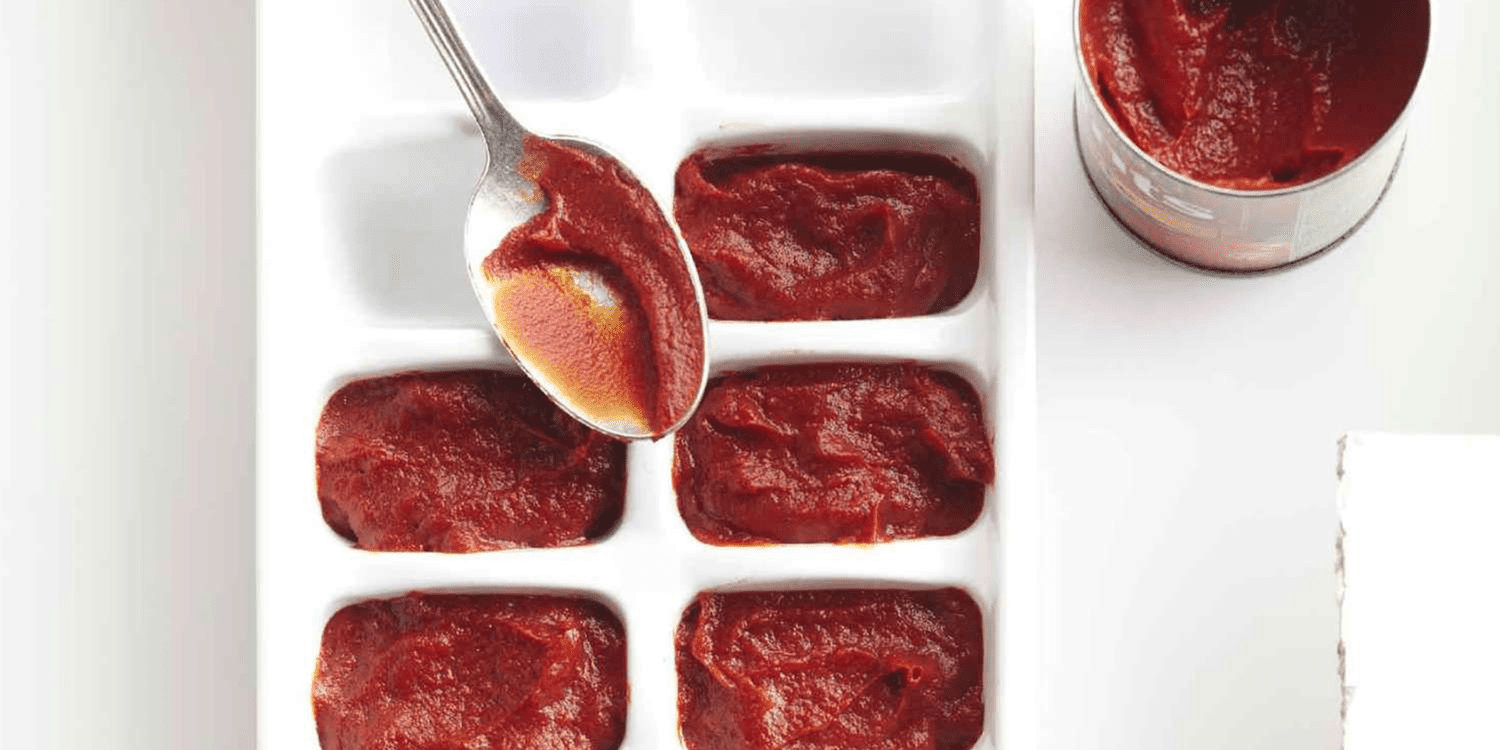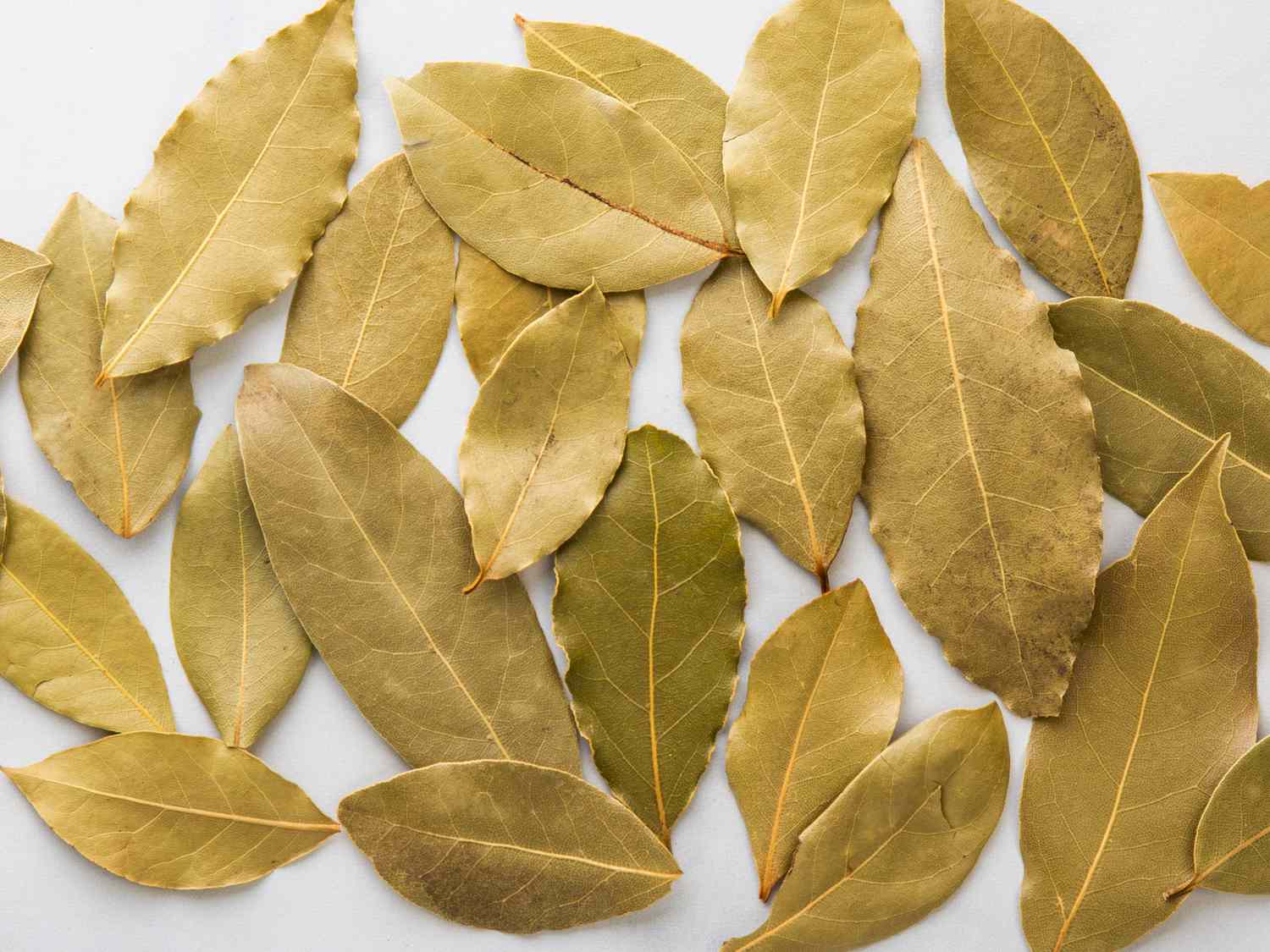Tomato purée and paste share the same main ingredient. However, there are notable distinctions that make them two vastly different ingredients:
1. Preparation Method
Tomato purée is made by lightly cooking tomatoes and then puréeing the softened product into a liquid.
Tomato paste, meanwhile, is cooked longer than its puréed counterpart. The cooked tomatoes are strained to remove the seeds and skins, before being cooked again to reduce the concentrate into a thick paste.
Learn more:
- How to Make Tomato Purée At Home
- How to Make Tomato Paste At Home
2. Consistency
Tomato purée is much thinner than tomato paste.
If you were to pour a can of purée into an unheated pan, the liquid would spread and fill the pan like a thick broth. If you were to empty a can of paste into an unheated pan, its firm consistency would cause it to remain largely intact.
3. Intensity of Flavor
Tomato paste has a richer taste than tomato purée due to its long cooking time. The hours spent over heat brings out more intense flavors, resulting in a product that tastes somewhat like a dried tomato.
Tomato purée has a more sweet, mild, and fresh tomato taste.
4. Uses
Tomato paste is often used to thicken sauces, or to add flavor to soups or stews. Tomato purée is used to form the base of thinner tomato-based sauces and condiments like salsas, hot sauce, marinara sauce, or pizza sauce.
Can You Substitute One for the Other?
The unaltered products cannot be used interchangeably.
You can dilute tomato paste with water or tomato juice to make DIY tomato purée in a pinch — but you can never make tomato paste from tomato purée.




